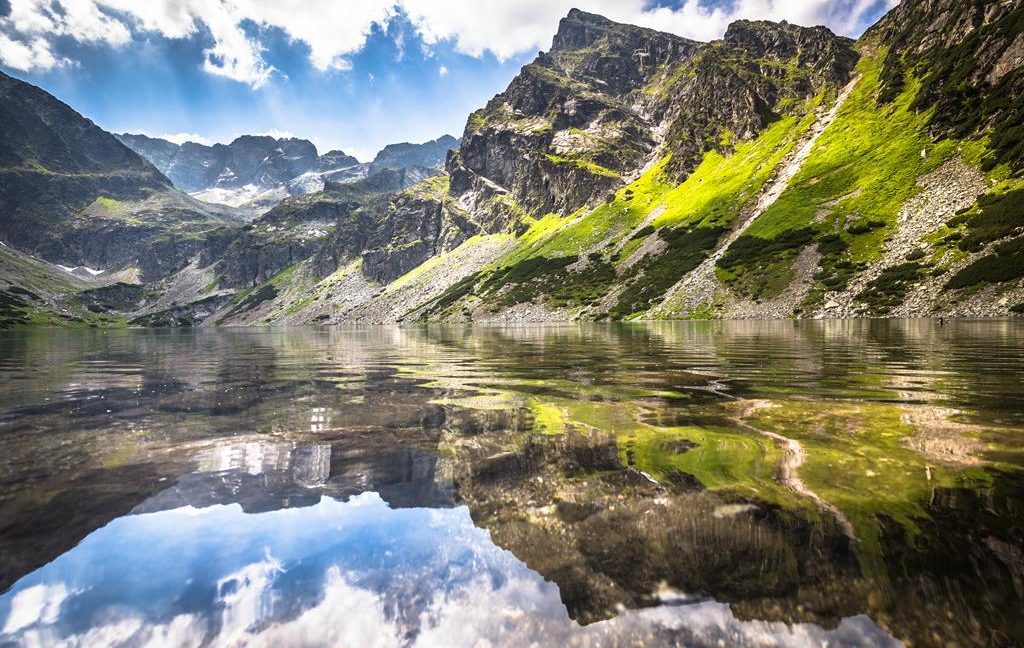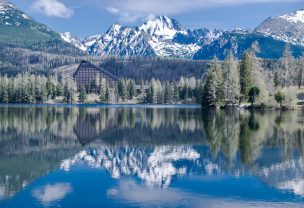Quick facts
- Full name: Republic of Poland
- Capital: Warsaw
- Largest city: Warsaw
- Official language: Polish
- Area: 312,679 km2
- Population: 38,422,346 (2017)
- Currency: Polish Złoty (PLN) 1 (PLN) = 100 groszy
- Foreign tourists: 17.5 million (2016)
- Travel risks and hazards: Petty crime.
Poland is located in the center of Europe and is one of the furthermost nations of the European Union to the east. The country has a variety of attractions for tourists. The north of the country is notably visited for the Baltic coast whereas the south is known for its mountain ranges. The cities offer numerous attractions with Kraków and Warsaw being the most popular spots in Poland for foreign tourists.
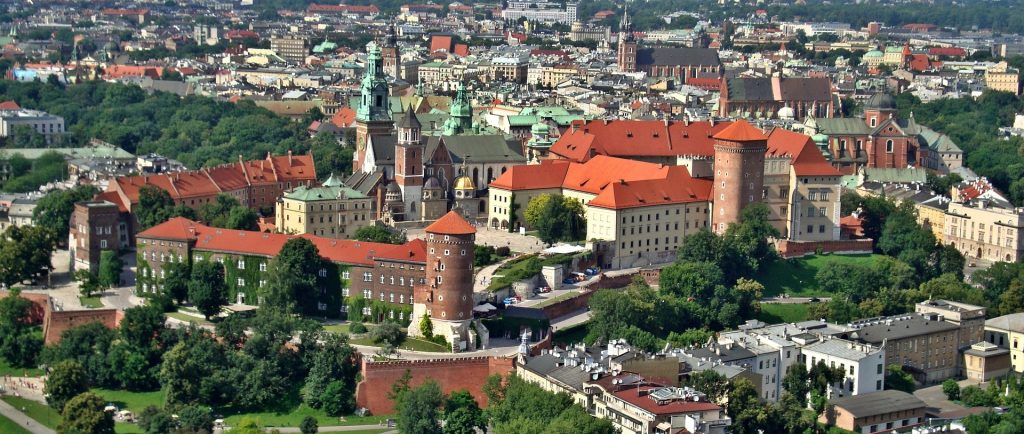
Traveling info
Entry requirements to Poland vary depending on the origin of the tourist. Citizens of any European Union member state within the Schengen zone may cross the Polish border by land without the requirement of presenting a passport or an ID card however if traveling by plane or a ship either an ID card or a passport is required. Citizens from outside of the EU and the Schengen zone depending on their nationality might be required to obtain a visa before their trip. (list in sources). Tourists who decide to drive in Poland are required to have their valid domestic license with them at all times. Drivers from the outside of the EU such as US citizens must obtain an International driving permit. Such a document may only be obtained in the tourists country of origin. Proof of insurance and car registration is required as well. When driving in Poland headlights must be turned on at all times. Public communications are well developed and available throughout the entire country. Taxis are also available however these might be quite expensive. Police often pulls over drivers for random checks, if breaking the traffic law, non-Polish tourists are expected to pay fines on the spot. These are payable by either cash or credit cards as the squad cars are now fitted with credit card terminals.
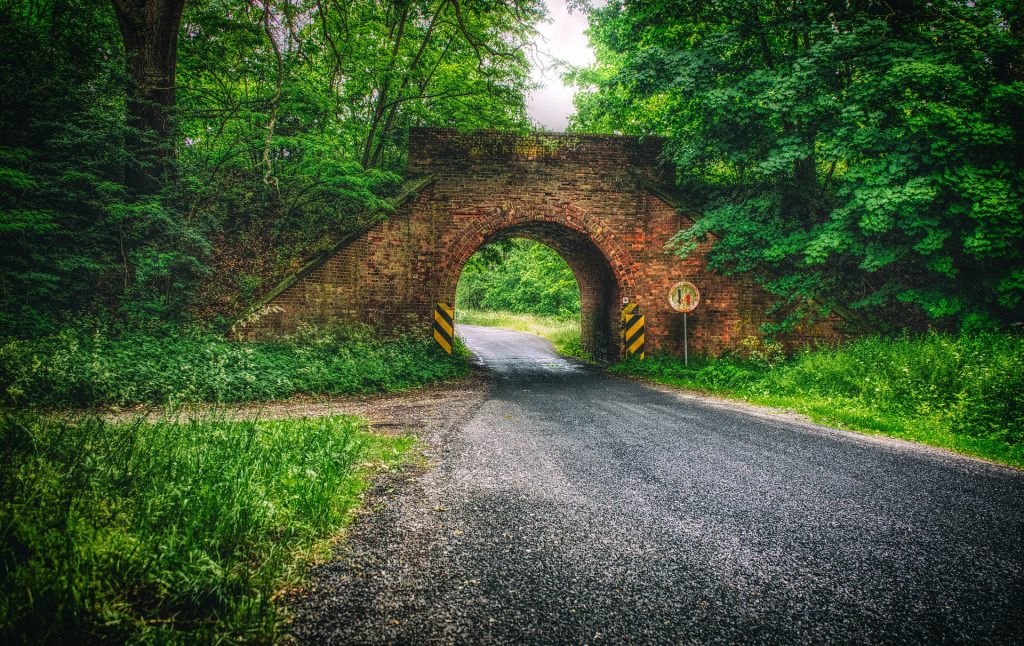
Traveling hazards
Road conditions in Poland are generally good. Highways and major routes are all well paved and well maintained, roads of lesser importance are usually paved as well however roads in remote areas are usually gravel. Driving at both day and night time is usually trouble free however it is important to stay vigilant and watch out for other drivers who may be driving aggressively, breaking the traffic rules or even being intoxicated while driving. When driving at night in rural areas it is important to look out for wild animals which frequently cross the roads, especially in woodlands. While using public transport such as taxis it is advised to avoid using self-professed taxi drivers who will often charge orbital prices for fares. Taxis which display telephone numbers and company names on their car are generally safe and plenty around larger cities. When driving a rental car it is advised to avoid driving in cities around the morning hours such as 8 am and evening hours ranging from 3pm-5pm due to extreme traffic jams which may set you back up to an hour or more.
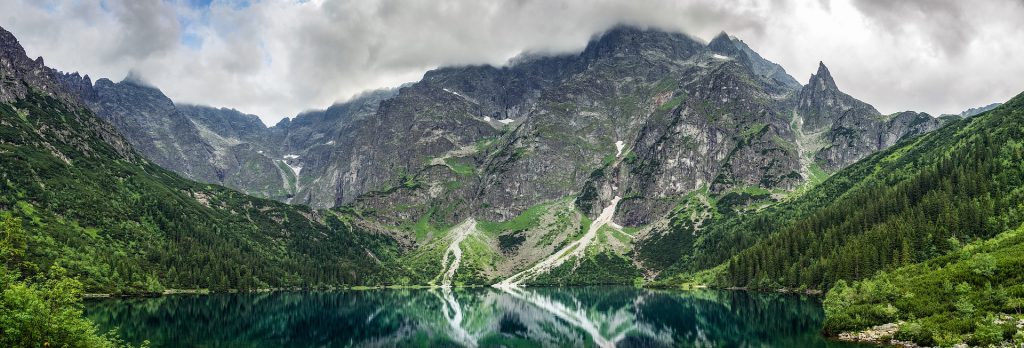
Environmental hazards
Although Poland has a population of wolves and bears these animals are so rare that any sort of violent interactions is unheard of. Sighting of these animals is reported from time to time. There is only one venomous creature which poses minor threat however bite reports are rare. The common European viper is spread throughout all of Poland and is frequently sighted around water bodies. Small children and elderly are more vulnerable to the venom than adults and although the venom is not particularly dangerous, medical help should be sought after bite as left untreated may lead to death or a very lengthy recovery taking up to a year.
Although Poland does not experience any sort of seismic activity nor does it have any active volcanoes, it does experience severe floods and storms which are often the cause of economic loss in the affected areas.
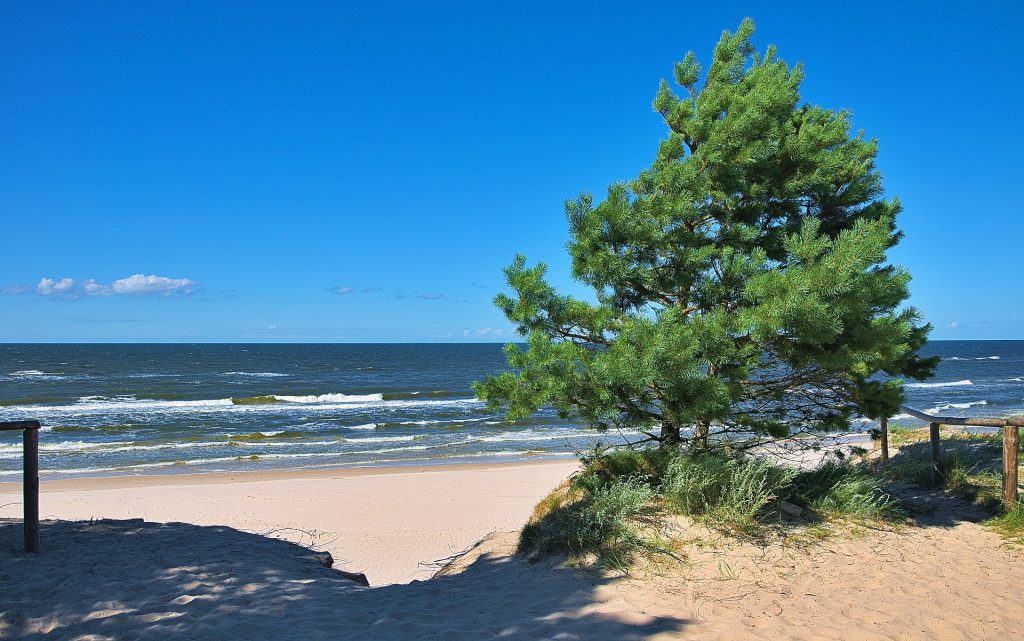
Health hazards
There are no requirements of any sort of vaccinations in order to enter Poland however there are several vaccinations which are recommended. These vaccinations are the routine vaccinations, hepatitis A and B and rabies vaccine. Healthcare is widely available throughout the country however a vast majority of specialist services are located in major cities. The quality of service is on a modern European level although waiting times in public facilities may be very long especially when in need of specialist care however private centers provide an alternative. Although private services are more expensive, the waiting times are greatly reduced and the quality of service is generally better. Private facilities however often lack the ability to provide emergency services or services for cancer patients. Such cases are usually directed to the public facilities.
In case of an emergency dial 999.
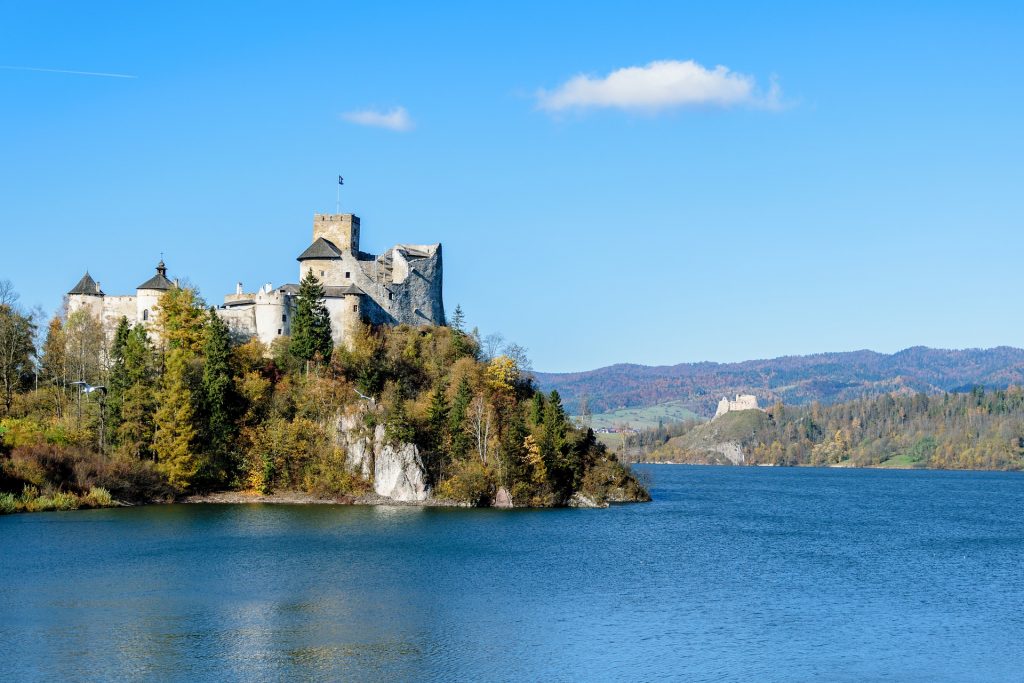
Crime
Poland ranks as one of the safest countries in Europe and the safest country in Europe for women tourists. All of this is achieved due to the homogenous population of the country. Violent crime is a rare however petty crime such as pickpocketing or scams are quite common especially in crowded tourist areas. Although most visits are trouble free and no increased precaution measures are required, to completely minimize the risk of falling a victim of crime it is advised to avoid exposing sings of wealth and to avoid secluded places, especially during night time. Whilst exploring the nightlife in the cities of Poland such as Warsaw, Kraków, Poznań or Gdańsk it is advised to stick to tourist zones or crowded places such as old town markets and to avoid old apartment estates as these areas tend to have higher crime risk. The drug laws in Poland are some of the strictest in Europe. All kind of narcotics is illegal and possession of any amount usually results in a court case however judges have the right to discontinue the criminal proceedings in case of possession of small amounts. This decision is completely in the judge’s hands as there is no indicated limit of possession.
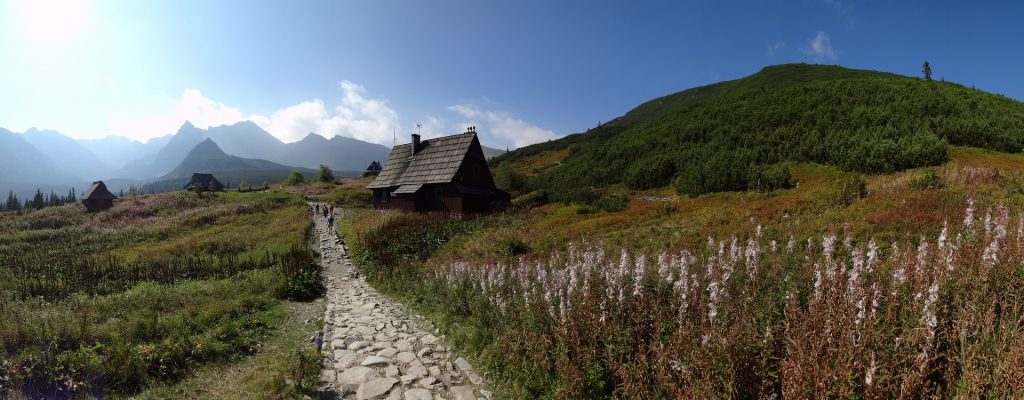
Summary
Poland offers attractions for tourists both during winter and summer seasons. Although the coastal regions are mostly visited during summer, the southern part of Poland, mainly Kraków and Zakopane are visited all year round offering some fantastic and unforgettable experiences. Remember that planning your trip with Travset.com will give you the quickest information about nearest emergency services and will also help you purchase indispensable travel insurance for the trip of your lifetime. Please feel free to comment and share the experiences of your travels with Travset.com.
Sources
(Visa)
https://www.msz.gov.pl/en/travel_to_poland/visa/visa
(Vaccinations)
https://wwwnc.cdc.gov/travel/destinations/traveler/none/poland



